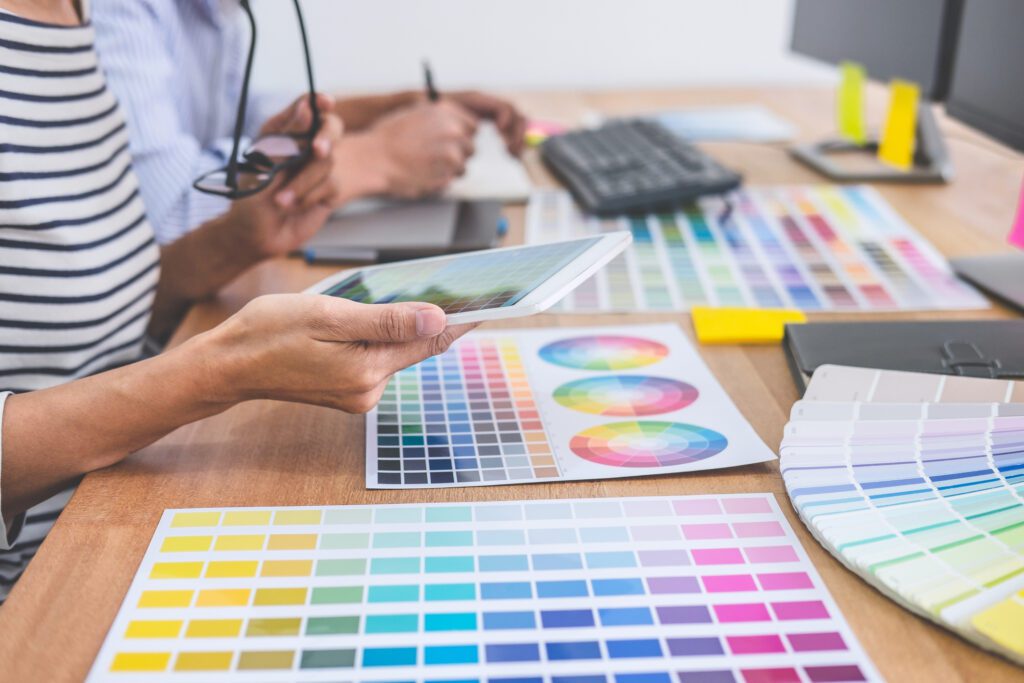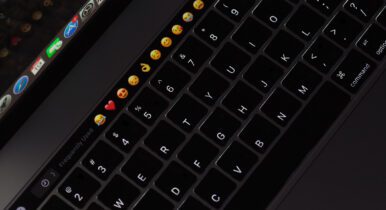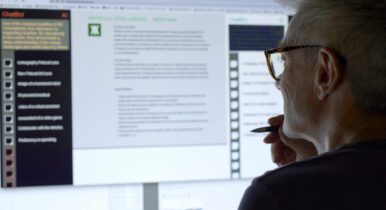Balancing Client Expectations and Feedback in Political Design

The daughter of a Naval veteran, Caitlyn Harris grew up in Arlington, Va., but didn’t work in politics before she joined Targeted Victory’s design team some five years ago. Now, she’s used her branding and graphic design background to help clients through two presidentials and a midterm cycle.
In an interview with C&E, Harris reflected on how she balances client input, common branding mistakes campaign clients make, and how she comes up with out-of-the-box designs:
C&E: How do you balance the push and pull of needing a client’s input, but not wanting to have them override the creative process?
Harris: We want them involved, but we don’t want them micro-managing. We have their best interests at heart, and I know in the political sphere that’s not always the fallback feeling. For design and art, because it’s more connected to a different part of the entire experience, it’s all about trust and patience with each other.
C&E: What makes a good client note?
Harris: In my experience, I have seen that people are more easily able to explain themselves through drawing than written statements. It’s hard for some people to put art into words, and I think that’s a little bit where the brief breaks down: They’re trying to articulate an image.
C&E: What’s a common mistake that political clients make when it comes to branding?
Harris: A big thing in the political sphere of design right now is a shortage of time. For some clients, I have a day of turnover to get full branding systems out and that’s with approvals and everything. Usually, branding takes about three weeks to a month to really solidify. When I say we’re condensing this, in some cases, we’re condensing this to almost inhuman amounts of time to be fully creative with a brand.
Some campaigns don’t care about their logo. They just want something to put their information on. I don’t think that’s necessarily a great avenue to go down. I think more time needs to be put in — mainly because they all start looking the same. Nobody pays attention to anything when it starts looking the same.
C&E: What trends are you following in political design?
Harris: The most important thing I’ve seen is people being way more personalized. It’s becoming more about who they are as a human being rather than who they are as a candidate, which I enjoy. I’m enjoying this trend of change.
C&E: Have you bought into the vaporwave trend?
Harris: For branding, I think you should stay very classic so that you can use it for longer than a trend sticks around. But your assisting collateral can get on the surfboard and ride this trend wave. I think it’s really fun. I think it’s bringing a lot of attention to the design. But for branding and identity, I think you’re better off sticking to a classic font and style because you never know when this trend is going to end.
C&E: How do you come up with out-of-the-box designs?
Harris: I start by asking the clients questions like, how do you impact your community? What are four words that represent you and not your job? That leads me to understand them as human beings, and be able to brand them better. Our work on Michelle Steel’s [congressional campaign in California] is a great example. It just feels like her.



